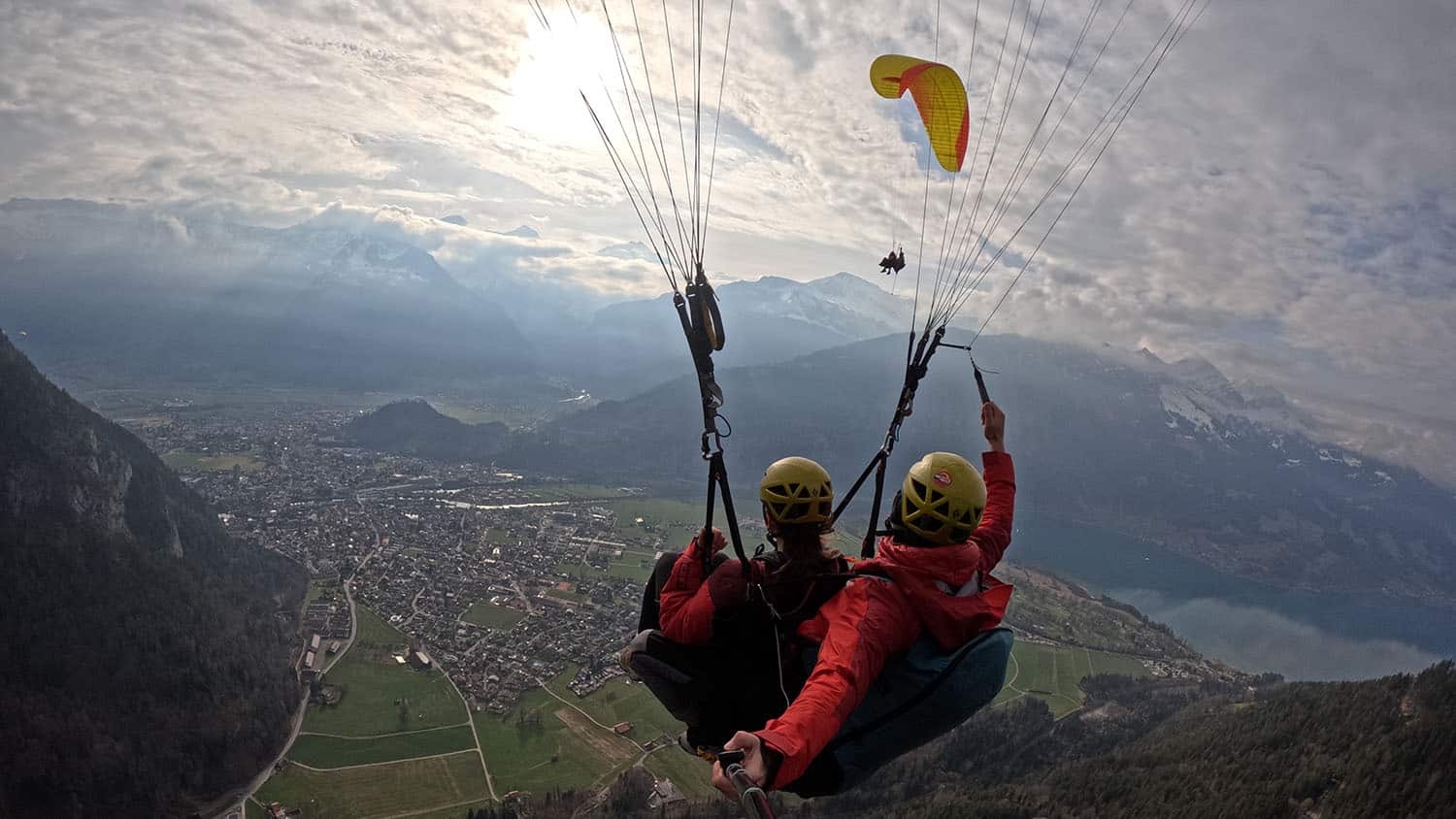Bill Kernodle’s Knowledge of Textiles Helped to Ensure U.S. Military Success in Two Gulf Wars

By Raymond Jones
When U.S. military forces invaded Iraq in 2003, one of the people who made sure they were properly dressed for the occasion was Colonel Joseph W. “Bill” Kernodle, Ret.
Kernodle, who graduated in 1968 with a degree in textile engineering (TE) was the perfect person for the job. He’d made a career out of studying the relationship between proper equipment and tactical success on the battlefield. And he knew the most important piece of equipment for any soldier is his or her combat uniform.
Anyone who doubts that need only consider the failure of the German army to conquer Russia during the opening phase of World War II. Many factors combined to produce a German defeat, but one of the most significant was German troops being outfitted in the wrong uniforms. As winter set in, they were forced to endure record freezing temperatures in summer-weight uniforms.
The challenges he faced during the 2003 Iraq war were actually nothing new for Kernodle. As commander of the U.S. Army Natick Labs during 1990 and 1991, he played a key role in ensuring that the uniforms used during Operation Desert Storm were also suited to the task at hand.
That task might sound easier than it was. For one thing, the Army’s prior camouflage schemes had been geared to match the green foliage of Western Europe or the desert coloration in countries other than Iraq. Also, Kernodle’s team knew that the lightweight fabrics typically used in Army uniforms were not the best match for a hot desert climate.
Their research indicated, for example, that lightweight fabrics – without proper reinforcement panels – did not yield adequate protection from the damaging rays of a desert sun. Nor did they protect a soldier from burning hot sand.
Kernodle’s areas of oversight included not only fabric composition and color schemes but also the selection of proper footwear. In military jargon, combat boots are identified as “a vital soldier system component.” As such, boot design was also considered mission-critical.
The top commander of Operation Desert Storm, General Norman Schwarzkopf, had gotten personally involved in the effort to choose the best combat boot for desert terrain. Kernodle visited the general’s U.S. headquarters and showed the general a wide array of potential desert boots.
Having developed expertise in supply chain management, as well as clothing materials, Kernodle recognized that some of the boots, if chosen, could be quickly manufactured to scale. Others, he knew, came from companies whose manufacturing infrastructure was totally inadequate to the task.
Kernodle felt duty-bound to steer General Schwarzkopf toward one of the four samples he knew could be manufactured in sufficient volume. He received advance warning, however, from the senior chain of command, that General Schwarzkopf wasn’t fond of being counseled on such matters by “underlings.”
That’s when Kernodle’s familiarity with military culture paid off. Being personally acquainted with one of Schwarzkopf’s top generals, he was able to explain the situation, privately, in advance of a final decision. As a result, Schwarzkopf ultimately made his selection from among the four appropriate samples.
As a high school student growing up on a tobacco farm near Greensboro, Kernodle could scarcely have imagined the role he would one day play providing key logistical advice to a highly decorated theater commander.
Even at an early age, however, he recognized that a future in tobacco was questionable. So, at age 16, he left the family farm to work in a yarn mill. In his words, “I never even thought about college.”
As fate would have it, the plant manager was a graduate of NC State. He noticed that Kernodle liked his job and was comfortable working around sophisticated machinery. He encouraged Kernodle to apply to NC State, and the rest, Kernodle says, is history.
Several years after earning his bachelor’s degree, the Army sent Kernodle back to the Wilson College of Textiles to earn a master’s degree in textile engineering.
Looking back on his military assignments over the years, and there were 22 of them in a 24-year period, Kernodle says the common thread was problem-solving.
“Almost every assignment involved problems that required quick turnaround,” he says. “I was good at that, and always felt up to the challenge.”
He credits NC State for cultivating the curiosity and positive attitude that made him a good listener and analyst. And he’s continued to rely on those talents ever since.
After retiring from the military as a colonel in 1993, he spent three years as director of operations and planning for Burlington Menswear. After that, he spent 18 years as site director for Clemson University’s model apparel factory. Even today, at age 75, he continues his consulting work with a company called Balanced Flow Supply Chain Solutions.
Kernodle says one of the things that enabled him to achieve such a high level of responsibility in the military was his comprehensive background in textiles. Accordingly, he has created an endowed fund at NC State that encourages ROTC students to specialize in textiles and encourages textile majors to enroll in ROTC.
“There just aren’t any mid and higher ranking officers in the military equipped to perform well within my occupational specialty,” he says. “In fact, we were a very small group at the time I was serving. You could have counted all of us on less than the fingers of one hand!”
- Categories:


